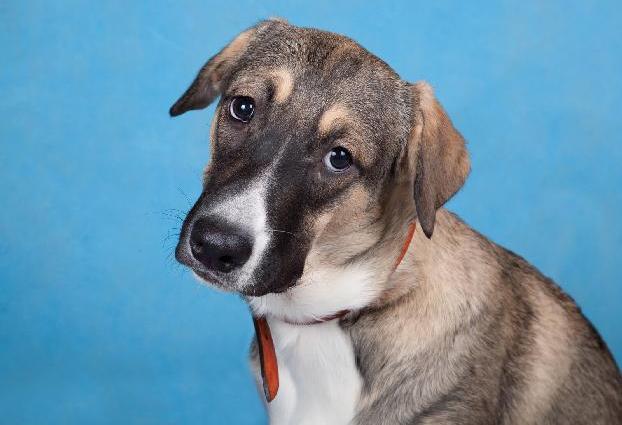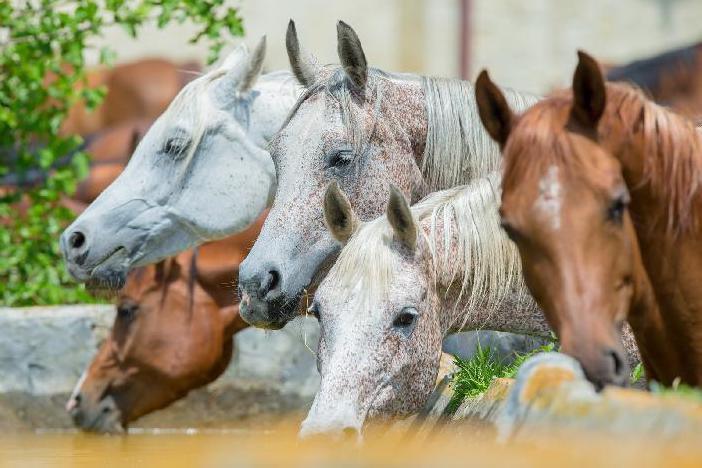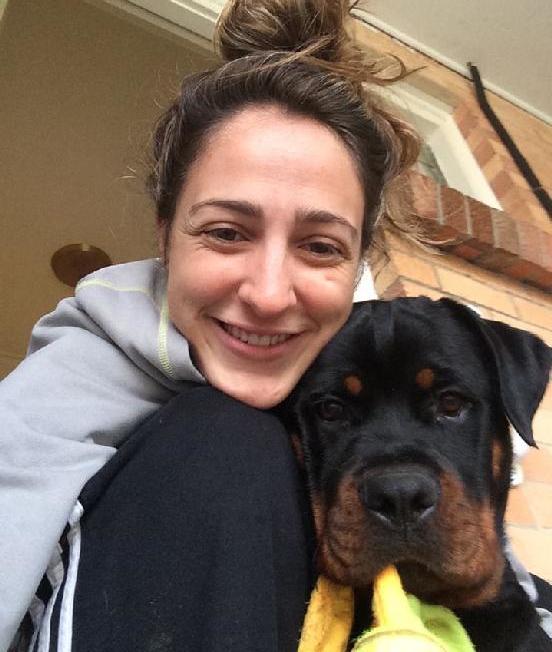e q u i n e
Dominance: The Horse’s Perspective In this second of a two-part series, Dorothy Heffernan explains why humans may inadvertently give their horses mixed messages, and why dominant behavior in the world of the horse is simply a way to gain access to resources as needed A horse who is very thirsty may use a dominance display to gain preferential access to a water hole. But that’s it. He gains access, he drinks and he leaves. He will not remain to guard that water against all incomers, because by doing so, he loses access to friends, mates and food.
T
he concept of dominance is not exclusive to horses, or to herd animals (Hartmann et al., 2017). But it is not quite what we think it is. It is not a way of keeping other animals in line. It is not a way of determining where other animals go and what they do. It is not a way of deciding who is the queen or king, or who fol lows whom. © Can Stock Photo / Melory To understand what it is, we need to look Horses have evolved as herd animals, so will trade off exclusive access to resources like food, water, shelter and mates for safety in numbers. not at what we want from horses, but what horses want for themselves. Horses have evolved as herd food will lose his companions. The exception is a stallion, who can use animals, meaning that they trade off exclusive access to resources like aggression against competitors (who are not members of his own food, water, shelter and mates with the fact that there is safety in num group) because he wants them to go away and stay away. Even then, bers. You are more likely, as a horse, to be able to reproduce and pass they often don’t, returning again and again to try to gain access to on your genes if you can confuse your main predators with numbers. mares. Within his own group, a stallion needs the mares and foals to Herd members are joined with an invisible elastic thread that holds stay near him but he cannot use aggression or force to achieve this; he them together and they cannot allow the elastic to stretch so much that needs the mares and foals to want him there. it breaks through aggression and causing fear. In a natural setting, a horse who consistently uses fear and aggression to gain resources like
Behaviors Humans Want That May Go Against a Horse’s Natural Instincts in a Given Situation • • • • • • • • • • • • •
50
Horse to approach rather than run away from us. Horse to stay, rather than run away from us. Horse to walk when we walk, trot when we trot. Horse to accept separation from conspecifics. Horse not to resist unpleasant/painful procedures. Horse not to direct aggression at us. Horse to display affection in a way acceptable to us. Horse not to defend food resources against us. Horse to eat what we consider appropriate. Horse not to eat what or when we say not to. Horse not to mate unless we allow. Horse not to run when fearful. Horse to allow us in his personal space.
BARKS from the Guild/November 2020
Proximity vs. Distance
If we translate our requirements of horses into how they interact with each other, we realize that our need for our horse to maintain “proximity” is much like a stallion with his family group. We need him to stay close and not feel the need to run away. The more the stallion chases, the more likely the mares and foals will distance themselves. The more they distance themselves, the higher the chance another stallion will lure them away. At the same time, we need “distance.” We don’t want the horse crowding us. Just as with family groups, we need him to stay attached to us as if there’s an invisible thread joining us and, just as with a family band, if we use fear or aggression to move him away, we risk the con nection being completely broken or, at least, very damaged. Because we don’t always properly think through our definition of dominance, we may use it in a way that means we’re actually working and training in a way that’s incomprehensible to the horse, all the while thinking that he understands. For example, if we are so agonistic that he wishes to distance himself or defend himself, we may contain him so he
















